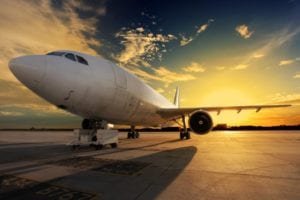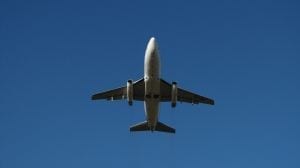Aviation’s big idea – perhaps its biggest, and one that I am sure will increasingly capture media attention as 2016 progresses – is carbon-neutral growth (CNG).
In line with historical trends, air travel is in high demand, with an average 3.8% annual growth expected until 2034. By then, airlines will be carrying 7 billion passengers a year – the world’s current population, give or take. Even if governments don’t always seem to value our industry very highly, people do. Be it for visiting friends and family, for vacation or for business, air travel connects the world. And that connectivity is enormously beneficial. Some $2.4 trillion in GDP contributions and 58 million jobs testify to that. Aviation plays an important role as a catalyst for economic activity and social development. Our world would be a much poorer place, in many ways, without the ability to connect globally. And, in a fairly rare development, the airline industry is making some money; not a lot admittedly – on average, less than $10 per passenger in fact. It’s a thin margin, but enough to return the cost of capital – an even rarer event than overall airline profitability. It is important to say that consumers are getting a great deal too. The real cost of the average ticket is significantly lower than it was 20 years ago. However, profitability is important so that airlines can invest in fleet revitalisation. Modern aircraft have longer range, are quieter and more fuel-efficient, and enhance both the passenger experience and connectivity options. As an industry, however, it has to meet the demand to fly in an environmentally responsible way. The new aircraft will emit far less CO2 than older models. But this won’t achieve the sustainability necessary to ensure the industry’s license to grow. Along with integrating more fuel-efficient aircraft into their fleets, airlines are working comprehensively to improve efficiency, develop sustainable alternative fuel sources and much more. Our goal is CNG from 2020 and eventually a cut in net emissions to half 2005 levels by 2050.This is an industry that’s not afraid to roll up its sleeves. Every day, across 100 000 flights, there are operational challenges, large and small. And, every day, it overcomes them.
From 2020, the industry will do this all without adding to the world’s carbon footprint. Now that’s a great idea! 2016 will be a critical year in the pursuit of sustainability. In September 2016, member states of the International Civil Aviation Organization (ICAO) will come together at the 39th ICAO Assembly to discuss – and hopefully agree on – a market-based measure that will allow airlines to manage their carbon footprint. The first choice for airlines is a mandatory global carbon offset scheme. And the industry is working hard with governments to achieve an agreement. It’s a huge idea. Sustainability is not a competition – it is a basic promise that any business must achieve. But airlines can rightly be proud of their leadership in this important area. Aviation’s commitment to the environment is second to none. Of course, there is a huge amount of work to do before an agreement at the ICAO Assembly can be assured. And there will be even more work to do after that. Putting a global, standardised scheme in place in a little over three years will not be easy.







